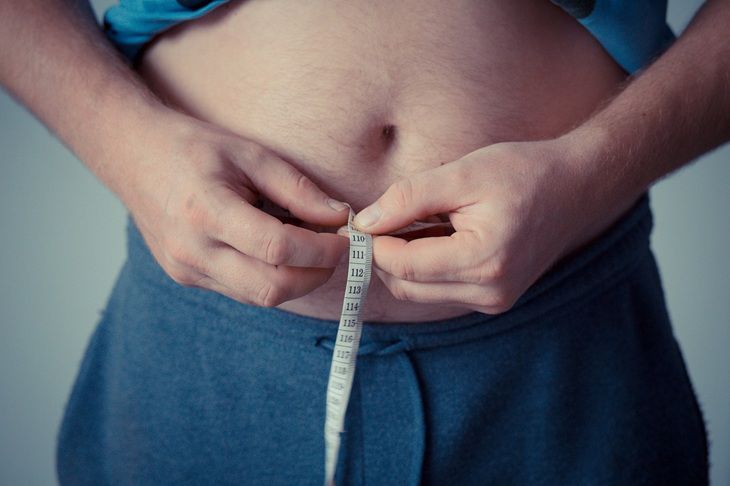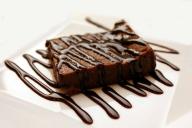Are you sure your "healthy" morning porridge isn't sabotaging your weight loss?
Nutritionists are sounding the alarm: a product that is advertised as a superfood actually provokes sugar spikes, hidden hunger and weight gain.
What porridge is in focus?
We are talking about muesli and instant cereals labeled as “fitness.” They seem safe, but their glycemic index (GI) reaches 80–90 units — like white bread.

A study in the European Journal of Clinical Nutrition (2023) found that such breakfasts increase the risk of overeating by 40%.
Why is “diet” porridge harmful?
1. Sugar under the guise of health. The label "sugar-free" often hides agave syrup, fructose or maltodextrin. These substances disrupt metabolism.
Fact: A serving of muesli contains up to 5 teaspoons of sugar – the WHO daily requirement.
2. Steel-cut oats instead of whole grains. Instant oats are devoid of fiber. They take 20 minutes to digest, leaving you hungry.
Example: Whole grain oats have a GI of 40, processed oats have a GI of 85.
3. Invisible calories. Dried fruits, nuts and "natural" additives increase the caloric content of a serving to 400 kcal. This is a full lunch, not breakfast.
How does porridge cause obesity?
Within 1 hour after eating, blood sugar drops, causing cravings for sweets.
After 3 weeks, insulin resistance causes the body to store fat.
After 6 months, plus 5-7 kg of weight even with a calorie deficit.
What to replace dangerous cereals with? 3 options
1. Green buckwheat
Pros: GI 35, contains rutin to strengthen blood vessels.
How to cook: soak overnight, add avocado and egg in the morning.
2. Pearl barley
Pros: low GI (25), removes toxins.
Tip: Cook in coconut milk - this will slow down the absorption of carbohydrates.
3. Quinoa
Pros: complete protein, GI 50.
Secret: Serve with vegetables and olive oil to lower the glycemic load.
How to make porridge safe?
1. Choose a coarse grind. Look for the words “whole grain,” “unprocessed.”
2. Add protein and fats. Cottage cheese, nuts or flaxseed oil will lower the GI of the dish.
3. Avoid sweet additives. Replace dried fruits with berries or citrus fruits.
Check your porridge in 1 minute
1. Look at the ingredients: if there is sugar, syrups or “dextrin”, throw it away.
2. Pour boiling water over it: if the porridge turns into mush in 2 minutes, it’s fast carbohydrates.
3. Weigh the portion: more than 50 g of dry product is a path to overeating.








